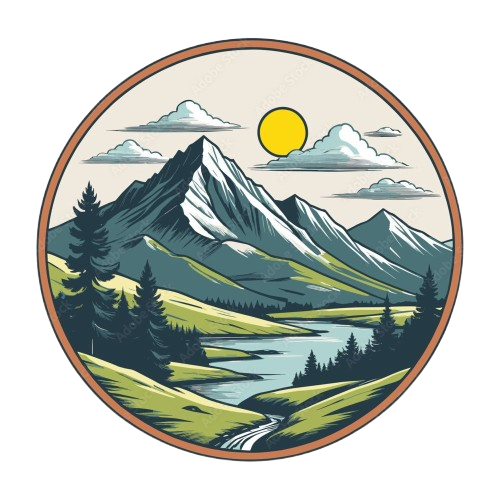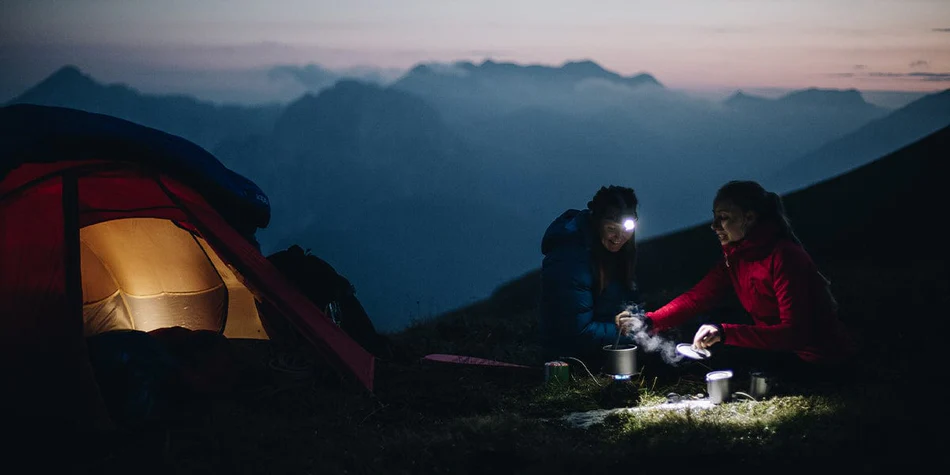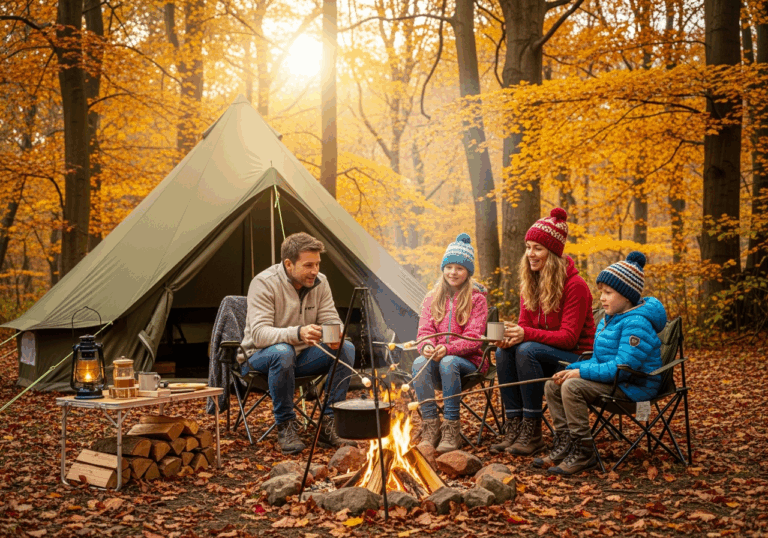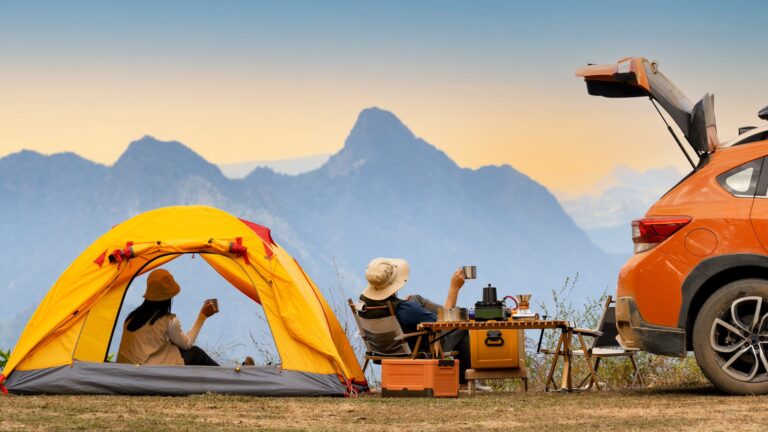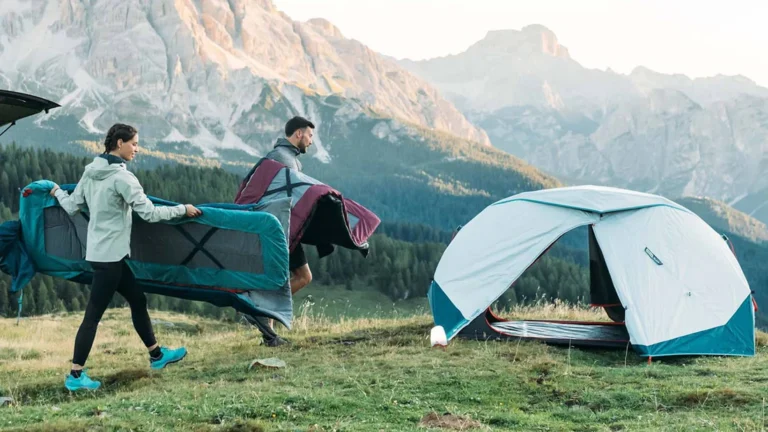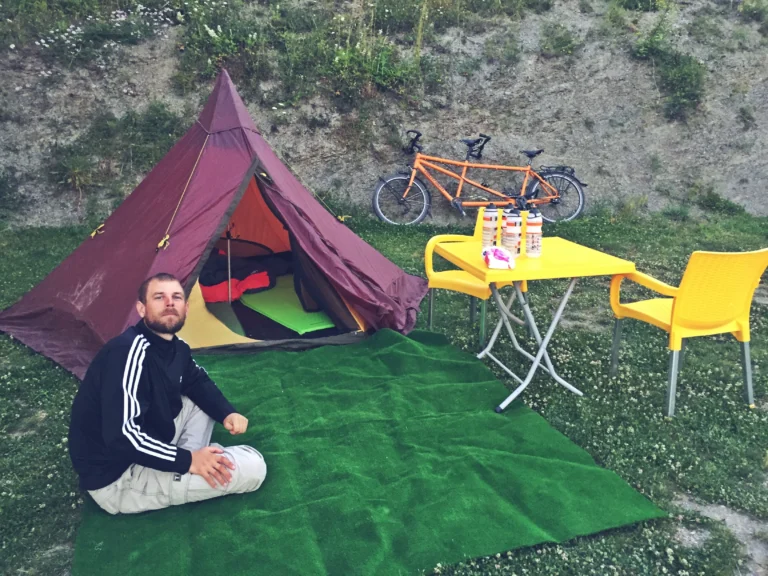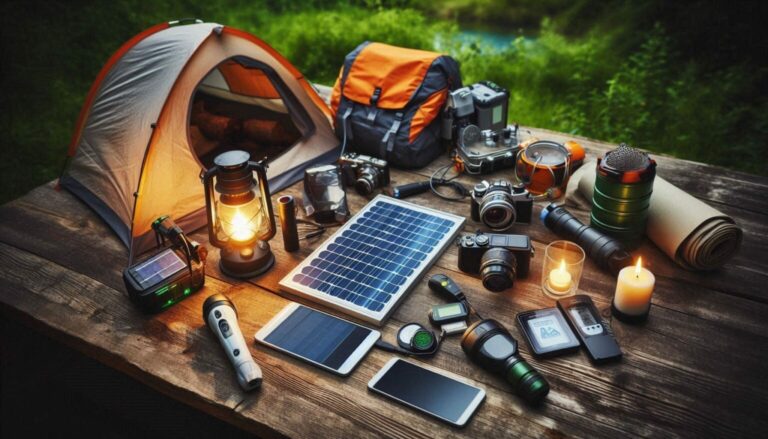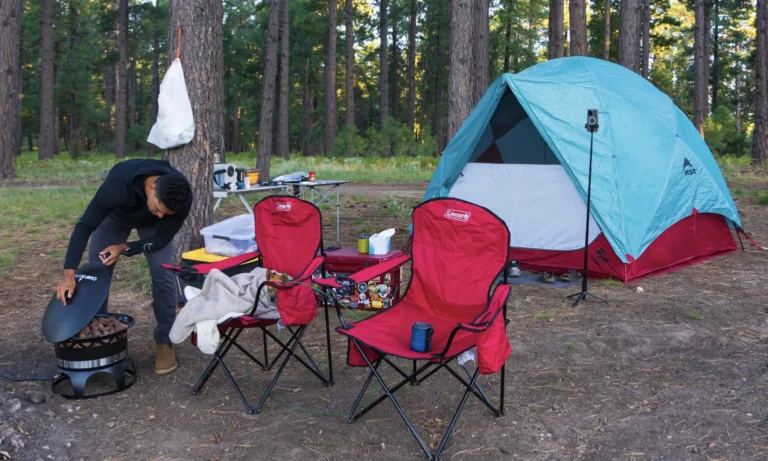The Definitive Manual for Camping in the Wild
Wild camping provides a special kind of freedom, whether you’re looking to get away from the bustle of the city or experience the excitement of unspoiled nature. No plots were assigned. No power. The wilderness, you, and your equipment. To be safe, prepared, and considerate of the environment, there are a few things you should know before you pack your bags and go off the grid.
Here is your go-to guide to camping in the wild: everything you need to know to survive, thrive, and savor every second of your time there.
🏕️ Chapter 1: Understanding Wild Camping
What is Wild Camping?
Wild camping, also known as backcountry camping or dispersed camping, involves setting up your tent outside of designated campsites—often in forests, mountains, deserts, or along trails. Unlike developed campgrounds, these spots offer solitude, scenery, and the raw essence of nature.
Why Camp in the Wild?
- Solitude & Serenity – No noisy neighbors or overcrowded lots.
- Adventure – It’s more challenging, unpredictable, and rewarding.
- Freedom – Choose your spot, your schedule, and your pace.
- Nature Connection – Experience the environment more intimately.
🧭 Chapter 2: Know the Rules Before You Go
Legal & Ethical Considerations
Before pitching your tent, always check:
- Local laws: Some countries/states forbid wild camping, while others allow it with restrictions.
- Land ownership: Avoid private property unless you have permission.
- National parks vs. public lands: Rules vary—some allow it in designated backcountry zones only.
Leave No Trace (LNT) Principles
These are the golden rules of wild camping:
- Plan Ahead and Prepare
- Travel and Camp on Durable Surfaces
- Dispose of Waste Properly
- Leave What You Find
- Minimize Campfire Impact
- Respect Wildlife
- Be Considerate of Others
🎒 Chapter 3: What to Pack – Your Wild Camping Checklist
Shelter & Sleep
- Lightweight tent, hammock, or bivy sack
- Sleeping bag (temperature-rated)
- Sleeping pad or inflatable mattress
- Groundsheet/tarp
Cooking & Food
- Portable camp stove or alcohol burner
- Lightweight cookware (pot/pan/spoon/spork)
- Freeze-dried meals or non-perishable food
- Biodegradable soap and sponge
- Water bottles or hydration bladder
- Water filter, purification tablets, or UV purifier
Clothing
- Moisture-wicking base layers
- Insulating mid layers (fleece/down)
- Waterproof outer layer (jacket & pants)
- Durable hiking boots/shoes
- Hat, gloves, and wool socks
Safety & Navigation
- Map and compass or GPS device
- Headlamp with extra batteries
- Multi-tool or knife
- First aid kit
- Whistle, mirror, or emergency beacon (PLB)
- Firestarter kit (matches, lighter, tinder)
Extras
- Trekking poles
- Trash bags (for packing out waste)
- Quick-dry towel
- Bug spray and sunscreen
- Notebook or journal
🌤️ Chapter 4: Choosing the Right Campsite
Ideal Spot Selection
- Flat, dry, and elevated area to avoid flooding
- At least 200 feet from water sources to protect fragile ecosystems
- Sheltered from wind but not under unstable trees or cliffs
- Leave the area just as you found it (or better)
Avoid These Areas
- Animal trails or watering holes
- Slopes or rocky terrain
- Vegetation-heavy or erosion-prone zones
🔥 Chapter 5: Campfire and Cooking in the Wild
Fire Safety 101
- Check for fire bans in dry seasons
- Use established fire rings when possible
- Keep fires small and manageable
- Never leave a fire unattended
- Drown, stir, and cool fire before leaving
Low-Impact Cooking Tips
- Use a camp stove instead of open flames
- Avoid cooking strong-smelling foods in bear country
- Store food in bear-proof containers or hang from a tree
🚻 Chapter 6: Bathroom Matters in the Wild
Going #1 and #2 Respectfully
- Pee at least 200 feet from water sources
- For solid waste, dig a “cathole” 6–8 inches deep
- Pack out used toilet paper in a sealed bag
- Consider using portable toilet systems where required
🐻 Chapter 7: Wildlife Awareness & Protection
Encounter Do’s and Don’ts
- Never approach, feed, or provoke animals
- Store food securely in bear canisters or tree hangs
- Make noise while hiking in dense forests to avoid surprising animals
- Know how to respond to bears, snakes, or mountain lions
🗺️ Chapter 8: Navigation and Emergency Prep
Stay Found, Stay Safe
- Learn how to read a topographic map
- Carry a compass—and know how to use it
- Share your route with someone before you leave
- Always bring a backup power source for electronic devices
- Learn basic survival skills: shelter building, fire starting, water sourcing
💤 Chapter 9: Sleeping in the Wild – Tips for a Good Night’s Rest
- Set up camp well before dark
- Layer clothes for warmth at night
- Use earplugs or listen to calming nature sounds
- Keep your light source handy
- Don’t leave food inside your tent
🏞️ Chapter 10: Leaving the Wilderness Better Than You Found It
The best wild campers leave behind no evidence they were ever there. Pack out every wrapper, clean your gear before moving on, and share your knowledge with others who want to camp responsibly.
Final Thoughts
Camping in the wild is a beautiful, soul-refreshing experience that challenges your survival skills, reconnects you with nature, and offers peace in a fast-paced world. With preparation, respect, and the right mindset, you’ll not only survive but fall in love with the wilderness.
So zip up your pack, step off the beaten path, and let the wild welcome you home.
